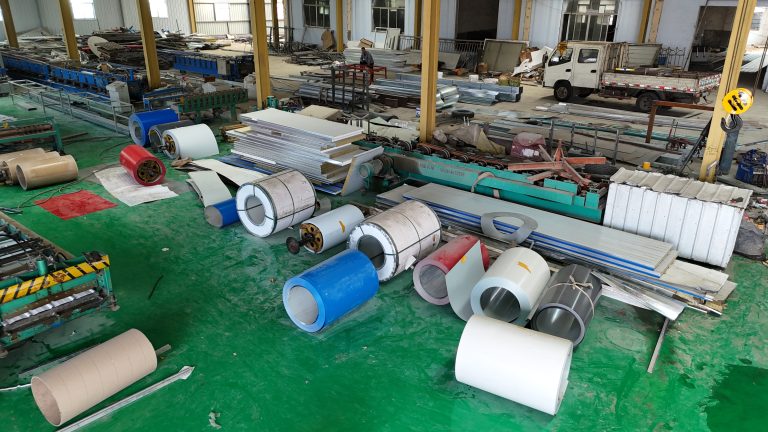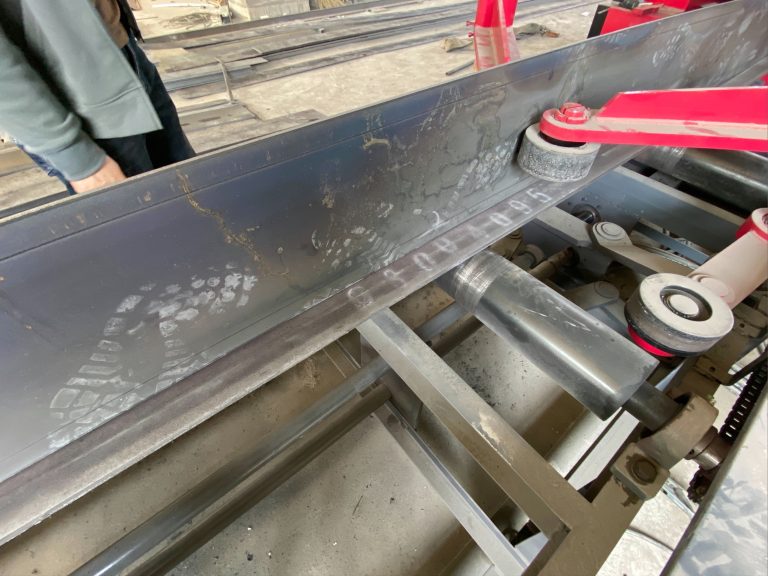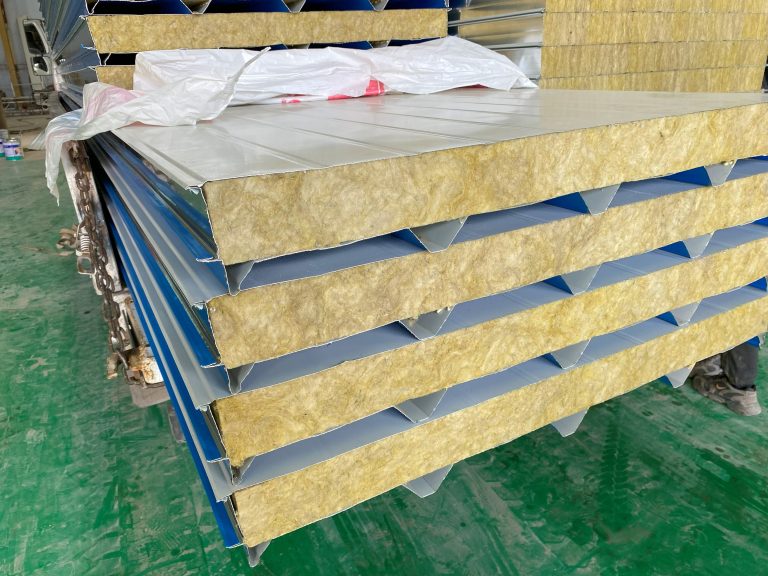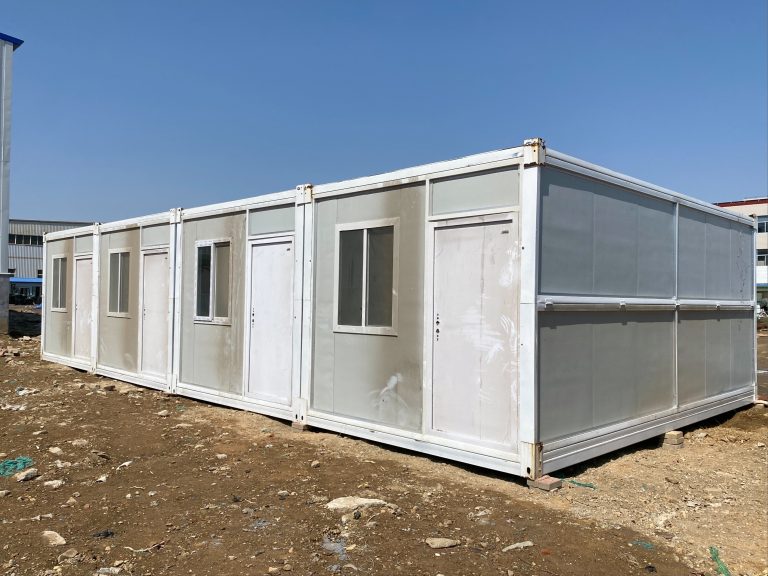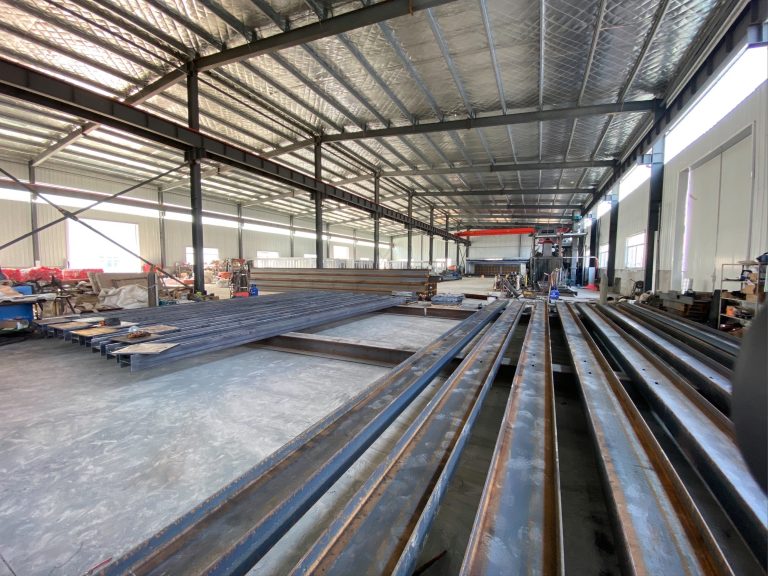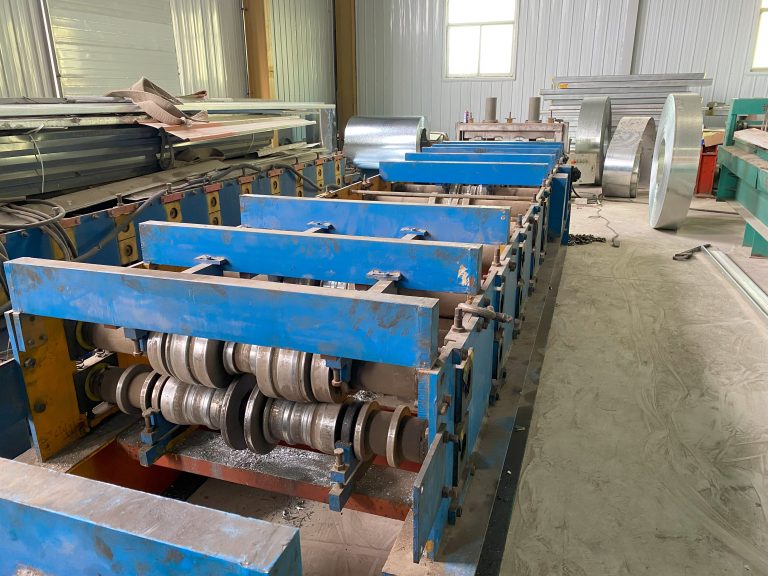Cost and benefit analysis of hot dip aluminum plating in construction engineering.
Table of Contents
Advantages of Hot Dip Aluminum Plating in Construction Engineering
Hot dip aluminum plating is a process that involves immersing steel or iron components in a bath of molten aluminum, creating a protective layer that enhances the durability and longevity of the material. In construction engineering, this technique has gained popularity due to its numerous advantages. In this article, we will explore the cost and benefit analysis of hot dip aluminum plating in construction engineering.
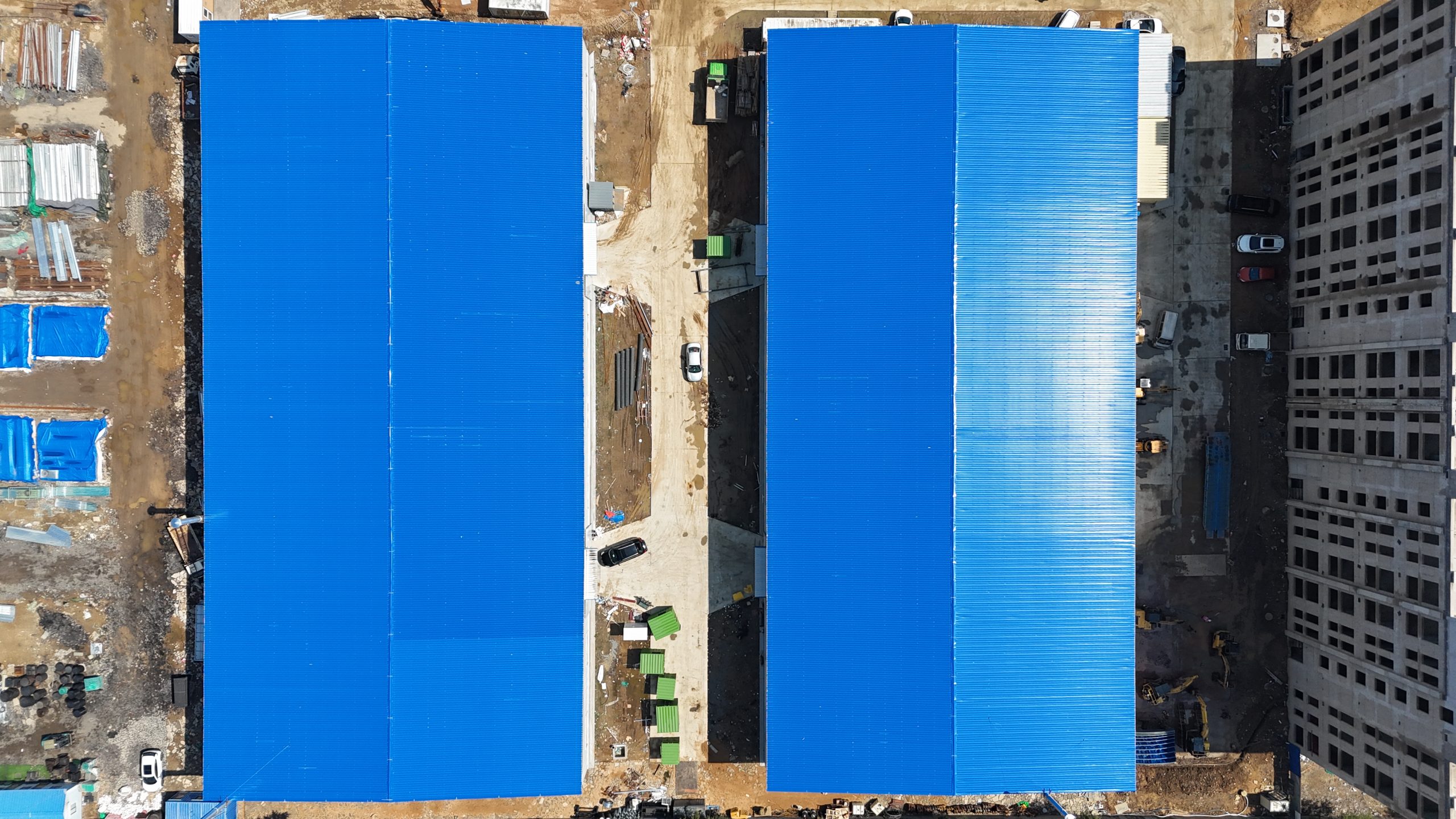
One of the primary benefits of hot dip aluminum plating is its superior corrosion resistance. The aluminum coating acts as a barrier, preventing moisture and other corrosive elements from reaching the underlying steel or iron substrate. This significantly extends the lifespan of the coated components, reducing the need for frequent maintenance and replacement.
Additionally, hot dip aluminum plating provides excellent adhesion to the substrate, ensuring a strong and durable bond. This is particularly important in construction engineering, where structural integrity is paramount. The coating also offers a smooth and uniform finish, enhancing the aesthetic appeal of the components.
Another advantage of hot dip aluminum plating is its versatility. The process can be applied to a wide range of shapes and sizes, making it suitable for various construction applications. Whether it is structural beams, roofing panels, or fasteners, hot dip aluminum plating can provide reliable protection against corrosion and wear.
From a cost perspective, hot dip aluminum plating offers significant savings in the long run. While the initial investment may be higher compared to other coating methods, such as painting or powder coating, the extended lifespan of the coated components results in lower maintenance and replacement costs over time. This makes hot dip aluminum plating a cost-effective solution for construction projects with a focus on long-term durability.
Furthermore, hot dip aluminum plating is an environmentally friendly option. The process does not involve the use of harmful chemicals or solvents, making it a sustainable choice for construction engineering projects. Additionally, the aluminum coating is fully recyclable, further reducing its environmental impact.
In terms of performance, hot dip aluminum plating offers excellent thermal conductivity, making it ideal for applications where heat dissipation is a concern. This property is particularly beneficial in construction engineering, where components may be exposed to high temperatures or thermal fluctuations.
Overall, the cost and benefit analysis of hot dip aluminum plating in construction engineering clearly demonstrate its value as a protective coating. The superior corrosion resistance, adhesion, versatility, and cost-effectiveness make it a preferred choice for construction projects that require durable and long-lasting components.
In conclusion, hot dip aluminum plating is a reliable and cost-effective solution for enhancing the durability and longevity of steel and iron components in construction engineering. Its numerous advantages, including superior corrosion resistance, adhesion, versatility, and environmental sustainability, make it a preferred choice for construction projects that prioritize long-term performance. By considering the cost and benefit analysis of hot dip aluminum plating, construction engineers can make informed decisions that result in durable and cost-effective structures.
Disadvantages of Hot Dip Aluminum Plating in Construction Engineering
Hot dip aluminum plating is a common method used in construction engineering to protect steel structures from corrosion. While this process offers several advantages, such as increased durability and aesthetic appeal, there are also some disadvantages that need to be considered.
One of the main drawbacks of hot dip aluminum plating is the cost involved. This process can be quite expensive, especially when compared to other methods of corrosion protection. The materials used in the plating process, as well as the labor required to apply the coating, can add up quickly and significantly increase the overall project cost.
In addition to the initial cost, there are also ongoing maintenance expenses associated with hot dip aluminum plating. Over time, the coating may wear down or become damaged, requiring repairs or reapplication. This can be a time-consuming and costly process, especially for large structures or projects with a long lifespan.
Another disadvantage of hot dip aluminum plating is the environmental impact. The chemicals used in the plating process can be harmful to the environment if not properly managed and disposed of. This can pose a risk to both the surrounding ecosystem and the health of workers involved in the application process.
Furthermore, hot dip aluminum plating may not be suitable for all construction projects. The thickness of the coating can vary depending on the application method, which may not provide adequate protection for certain structures or environments. In some cases, alternative methods of corrosion protection may be more effective and cost-efficient.
Despite these disadvantages, hot dip aluminum plating does offer some benefits that may outweigh the drawbacks in certain situations. The durability of the coating can provide long-term protection against corrosion, extending the lifespan of the structure and reducing the need for frequent maintenance.
Additionally, the aesthetic appeal of hot dip aluminum plating can enhance the overall appearance of a building or structure. The smooth, shiny finish of the coating can add a modern and sleek look to the project, making it more visually appealing to clients and stakeholders.
In conclusion, while hot dip aluminum plating has its disadvantages, such as high cost, ongoing maintenance, environmental impact, and limitations in application, it also offers benefits in terms of durability and aesthetic appeal. When considering whether to use this method in construction engineering, it is important to weigh the costs and benefits carefully and consider alternative options that may be more suitable for the specific project requirements. Ultimately, the decision to use hot dip aluminum plating should be based on a thorough cost and benefit analysis to ensure the best outcome for the project.

